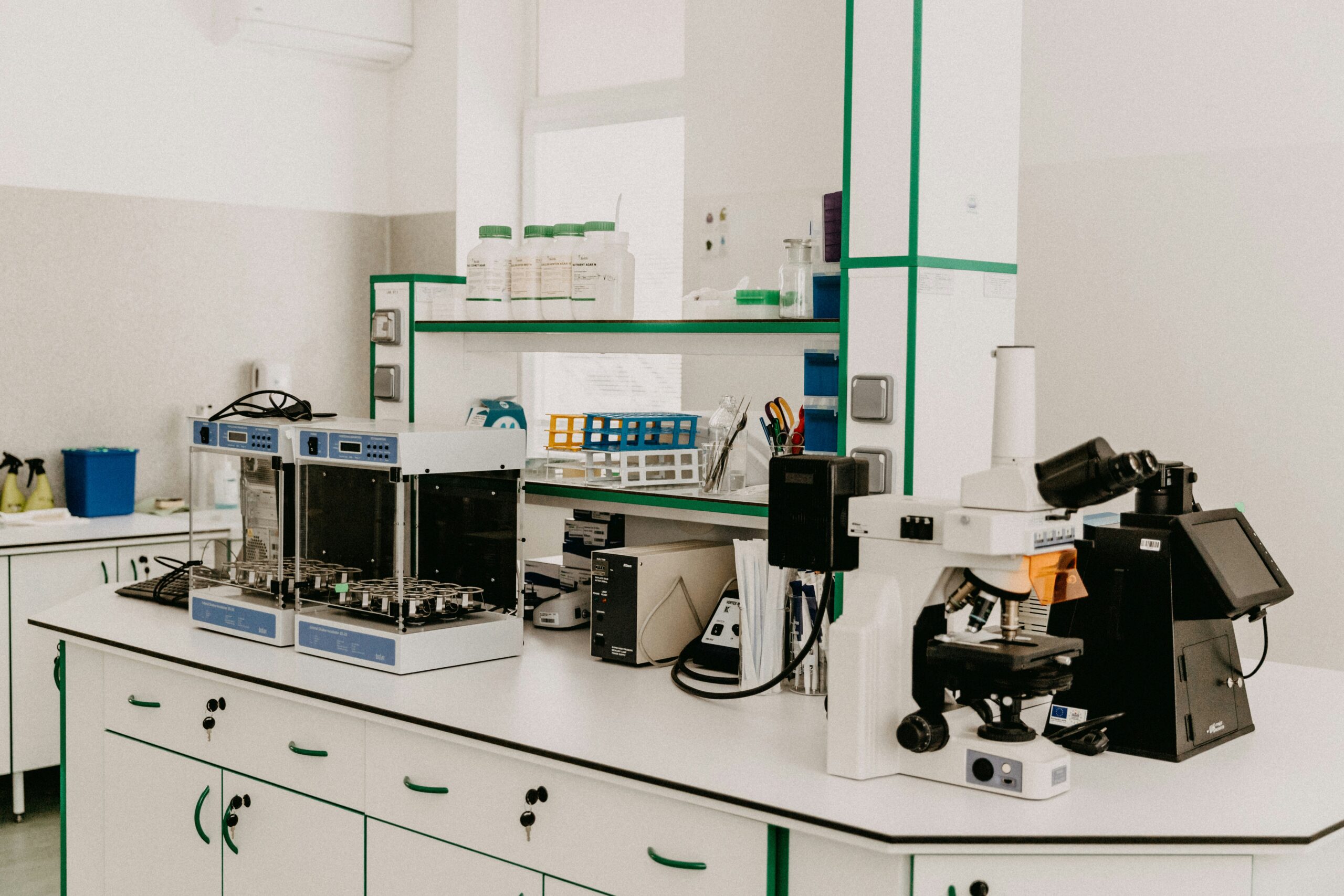Driving Innovation: The Vital Role of Research and Development in Modern Progress

In an age where technology evolves at lightning speed and industries constantly adapt to new challenges, Research and Development (R&D) stands at the heart of innovation. Whether it’s creating groundbreaking medical treatments, enhancing consumer products, or revolutionizing energy solutions, R&D is the engine that drives progress across all sectors.
What is Research and Development?
Research and Development refers to the systematic activities companies or institutions undertake to innovate and introduce new products or services. It also involves improving existing offerings to stay competitive and meet changing consumer needs. R&D is usually divided into two main categories:
Basic Research: This is theoretical and experimental work undertaken primarily to acquire new knowledge, without a specific application in view.
Applied Research: This is targeted research aimed at solving specific, practical problems and developing new processes or products.
Importance of R&D
Innovation and Growth
R&D is crucial for innovation. Companies that invest in R&D are better equipped to launch new products, enter new markets, and stay ahead of competitors.Economic Development
Nations with strong R&D sectors often experience higher economic growth. R&D leads to productivity improvements, job creation, and technological advancement.Problem-Solving
R&D plays a key role in addressing global challenges such as climate change, disease control, and food security through the development of sustainable and effective solutions.Customer Satisfaction
With constant research, companies can better understand consumer behavior and develop products tailored to real needs, enhancing user experience and satisfaction.
Key Sectors That Depend on R&D
Healthcare and Pharmaceuticals: Development of new drugs, vaccines, and medical technologies.
Technology and Electronics: Innovations in software, AI, robotics, and consumer devices.
Energy: Research into renewable energy sources, energy efficiency, and storage solutions.
Automotive and Transportation: Autonomous vehicles, electric engines, and fuel efficiency advancements.
Agriculture: Genetically modified crops, sustainable farming techniques, and climate-resistant practices.
Challenges in R&D
While R&D is essential, it is not without its challenges:
High Costs: R&D can be expensive and may not guarantee immediate returns.
Uncertainty: Many projects may fail, making it a high-risk investment.
Time-Intensive: Developing a new product or solution can take years from concept to market.
Regulatory Hurdles: Especially in pharmaceuticals or food industries, extensive testing and approval processes are required.
Future Trends in R&D
The future of R&D is promising, with several trends shaping the way research is conducted:
Artificial Intelligence and Machine Learning: Accelerating the pace of research and improving data analysis.
Collaborative Innovation: Partnerships between academia, governments, and private companies.
Sustainability-Focused R&D: Emphasis on green technologies and eco-friendly innovations.
Open Innovation: Leveraging external ideas and solutions through crowdsourcing and open-source platforms.
Conclusion
Research and Development is more than just a department or a budget line—it’s a commitment to progress. As industries face increasing pressure to innovate and adapt, R&D remains the cornerstone of sustainable growth and long-term success. Whether you’re a business leader, a policy maker, or a curious consumer, understanding the value of R&D helps you appreciate the unseen work behind the products and solutions we often take for granted.
